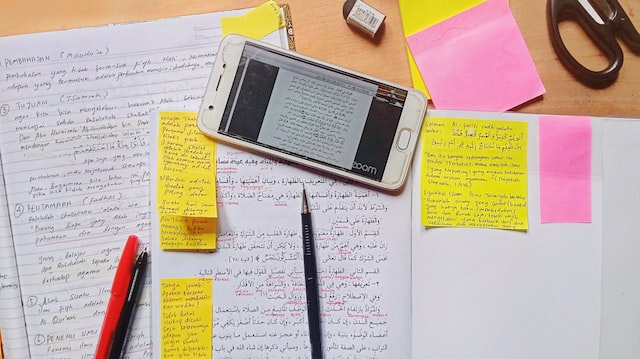Adams: Have We Been Misled All This Time About What New York City’s Gifted & Talented And Specialized HS Exams Really Measure?
Adams: Have We Been Misled All This Time About What New York City’s Gifted & Talented and Specialized HS Exams Really Measure?
What if our assumptions have been incorrect from the start?
Opponents of New York City’s gifted and talented exams for kindergarten and the Specialized High School Admissions Test (SHSAT) argue that these tests not only segregate students based on race, income, and academic ability, but also that they don’t accurately assess a child’s academic potential.
Critics argue that G&T tests can only measure a child’s knowledge of materials they have been exposed to prior to the test, and the SHSAT primarily evaluates a child’s education up to that point, rather than their potential.
Both arguments have validity.
However, what if those of us who have been advocating for higher standards in all NYC schools, a challenging curriculum for every child, and a more flexible educational system have been completely mistaken?
What if these tests were never meant to gauge a child’s academic potential, but instead served as a way to identify children who had the ability to educate themselves? Or perhaps, to find parents who would facilitate their children’s education?
Despite Mayor Bill de Blasio’s celebration of a 2016 New York University study that found children who attended public preschool were more likely to take the G&T entrance exam, there hasn’t been an increase in the number of minority and low-income children qualifying for these programs since the introduction of de Blasio’s Pre-K for All initiative. This suggests that these children are not learning the necessary material in the Universal Prekindergarten (UPK) program to excel in these tests.
Similarly, the SHSAT is an evaluation that goes beyond the material covered in the majority of public middle schools.
Therefore, the only way to qualify for these programs is to study outside of the regular classroom. This is also the most effective way to perform well on New York state math and English exams, as evidenced by the scores of students from these "top" schools.
But why would NYC be interested in identifying young self-taught learners or parents who are willing to invest in outside preparation for their children?
The reason is that even in highly sought-after G&T programs, parents often report a lack of quality teaching. As one mother expressed to me:
"The teacher acknowledged that my child is an independent learner and thinker. I can clearly see that the teacher is hindering my daughter’s progress by either not giving her enough work or not challenging her appropriately. Therefore, I have to supplement her education at home by teaching her new concepts. If I want my child to remain motivated and continue to grow intellectually, I feel obligated to provide additional education at home."
The situation becomes even worse at the high school level, as students reveal:
"The teacher openly admitted that we wouldn’t receive all the necessary information just from taking class notes and doing assigned readings… There were several instances where we had to learn on our own. For example, in math class, we were taught how to solve the first part of a question during class, but had to figure out the rest by ourselves at home. The same applied to social studies tests, where most of the material was covered outside of class. The difference between teachers was whether they provided us with the necessary tools and guidance to learn independently, or simply left us to our own devices… One teacher mentioned she didn’t have enough time to cover everything required for the course, so she expected us to learn it ourselves if we wanted to perform well on the AP exam… In computer science courses, recursion was poorly explained, and in AP Computer Science, it was assumed that we could figure it out on our own."
Considering the inadequate teaching presented at SHSAT schools, wouldn’t it make sense for the qualifying exam to screen for students who have demonstrated a willingness to study beyond the classroom, whether independently or with outside assistance? Rather than testing for basic intelligence, critical reasoning skills, or core knowledge, the exam could be intended to identify students who have shown the initiative to seek education outside of school.
While it is true that 97 percent of NYC teachers are rated as either "effective" or "highly effective," there is still a possibility that some teachers may not meet these standards. In that case, wouldn’t it be convenient for the city Department of Education to have a system in place to identify students (and parents) who would take the initiative to learn the material through alternative means when faced with a less-than-satisfactory teacher? This would allow the department to still take credit for their achievements.
Critics argue that G&T and SHSAT tests are insufficient measures of a child’s academic potential. But what if we have been mistaken all along? What if these tests have always served a different purpose?
Sign up for newsletter to receive articles like these directly to your email. Don’t miss out, subscribe to Newsletter.




0